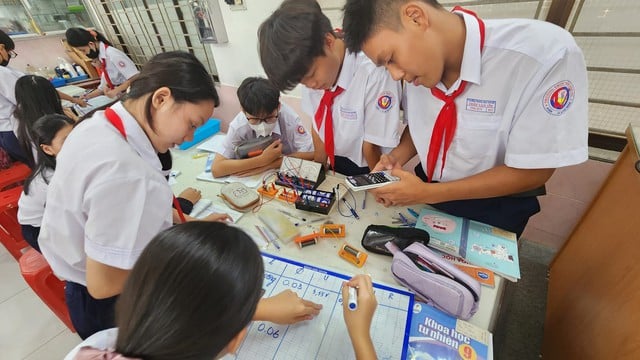
Students of Tran Van On Secondary School (Tan Dinh Ward) participate in a STEM class
PHOTO: BICH THANH
On August 20, the Department of Education and Training of Ho Chi Minh City summarized the 2024-2025 school year and deployed tasks for the new 2025-2026 school year for high school.
According to the Department of Education and Training, Ho Chi Minh City currently has 2,015,436 general education students, including 948,487 primary school students, 716,300 secondary school students and 350,649 high school students. The whole city has 1,583 general education schools from primary to high school with more than 51,000 classrooms.
In the last school year, Ho Chi Minh City was in the top 10 provinces and cities with the highest average high school graduation scores in 8/12 subjects. The city's education sector always focuses on improving the quality of foreign language teaching and learning. Focusing on research and developing plans to implement the Project "Gradually making English the second language in schools" according to Conclusion 91/KL-TW of the Politburo ; organizing a survey of English proficiency according to international standards of teachers across the city, in order to comprehensively assess the current situation, capacity and English level of the teaching staff. From there, specifically identify the strengths, limitations and distribution of foreign language proficiency in the entire education system, as a scientific and practical basis to propose appropriate content, roadmap and solutions to develop the project.
The city has approved 39 schools to implement advanced, high-quality school models.
In the new school year, the city continues to effectively maintain the digital classroom model; teaching English and IT remotely, broadcasting to primary schools in Can Gio, Cu Chi, and Con Dao. Organizing real-time online teaching helps schools that lack English and IT teachers to organize learning for students, ensuring the quality and curriculum of the subjects.
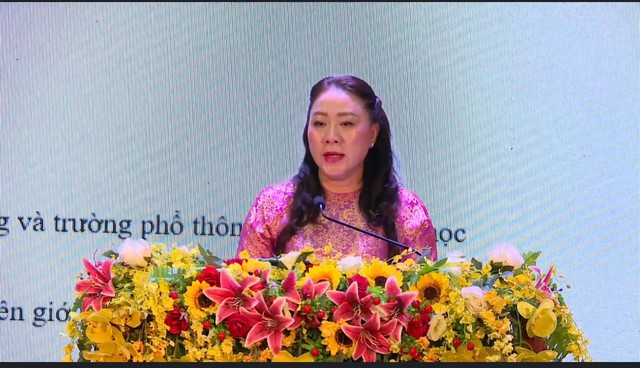
Ms. Lam Hong Lam Thuy, Head of General Education Department of Ho Chi Minh City Department of Education and Training, summarizes the 2024-2025 school year and deploys tasks for the new school year.
PHOTO: BICH THANH
Implement many new educational activities
Entering the new school year 2025-2026, Ms. Lam Hong Lam Thuy, Head of the General Education Department of the Ho Chi Minh City Department of Education and Training, deployed schools to effectively implement the 2018 General Education Program to ensure scientific and pedagogical values; maximize and effectively use facilities and teaching equipment to help students achieve the requirements as prescribed. Effectively implement 2-session teaching/day, improve the rate and quality of 2-session teaching/day, promote the application of information technology in teaching and educational management.
Improve the effectiveness of teaching methods and forms, testing and assessment to develop students' qualities and abilities. Build a bank of test and assessment questions for subjects, ensuring consistent and synchronous implementation according to the 2018 General Education Program.
Exploit and use textbooks, learning resources, and teaching equipment effectively and in accordance with practice. Build digital classrooms, digital learning resources, digital lectures for subjects and educational activities.
In the 2024-2025 school year, STEM education (science, technology, engineering, mathematics) has been implemented in many forms: STEM lessons; STEM scientific research... By the 2025-2026 school year, Ho Chi Minh City will implement the STEM program - enhancing creative breakthroughs. All program materials are compiled in both English and Vietnamese, helping students develop STEM thinking and language skills at the same time.
According to the Department of Education and Training, the advantage of the STEM education program - enhancing creative breakthroughs is that it is built from practice, originating from real community problems such as air pollution, clean water, renewable energy, public health... At the same time, bilingual teaching in English - Vietnamese helps students both learn STEM and develop English oriented in math - science - technology, gradually implementing according to the goal of the Project "Step by step making English become the second language in schools".
There are still unqualified teachers and high class sizes.
In the 2024-2025 school year, according to the Ho Chi Minh City Department of Education and Training, most schools will ensure a sufficient number of teachers. However, there is still a shortage of teachers, mainly in subjects such as English, IT, physical education, fine arts, and music due to the lack of qualified teachers. For this group of subjects, schools will conduct guest lectures and sign labor contracts to ensure a sufficient number of teachers.
Some units still have teachers who have not met the training standards, concentrated in the group of older teachers, close to retirement age according to the system. For teachers who have not met the training standards but still have a lot of working time, the schools have sent them to study to improve their qualifications.
The scale of school network development has always been concerned and invested in construction, but it has not yet met the learning needs of local children. The number of students per class is still high compared to the primary school charter due to difficulties in school construction projects, high population growth, and some wards do not have primary schools. The quality of teaching is uneven, in which remote areas in some localities still lack highly qualified teachers.
Source: https://thanhnien.vn/nam-hoc-moi-tphcm-day-manh-ung-dung-cong-nghe-cac-mon-khoa-hoc-ngoai-ngu-185250820143314682.htm








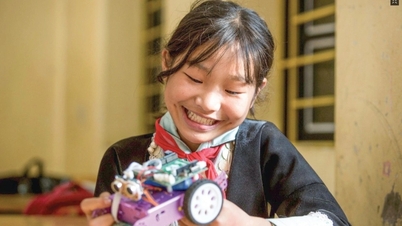

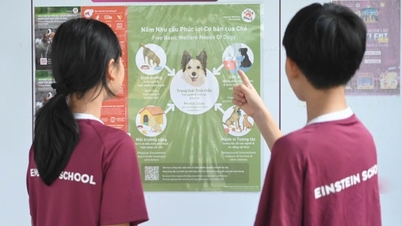



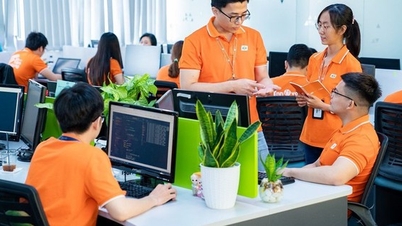

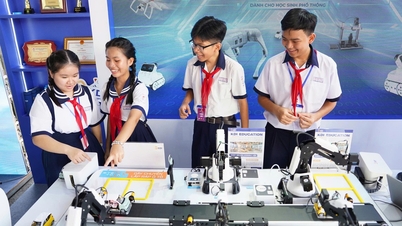
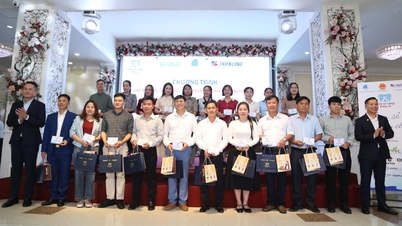

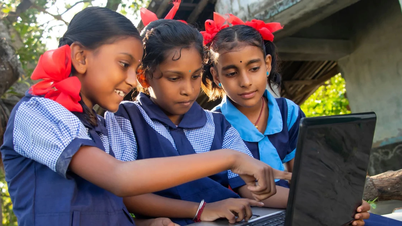






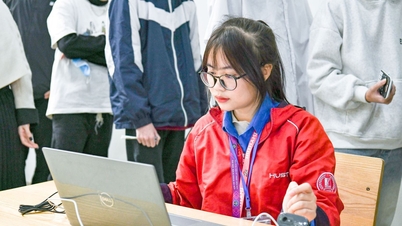
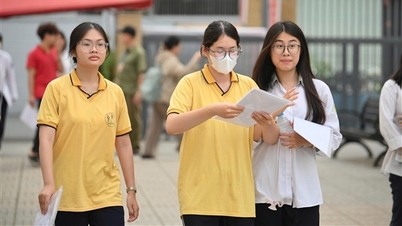







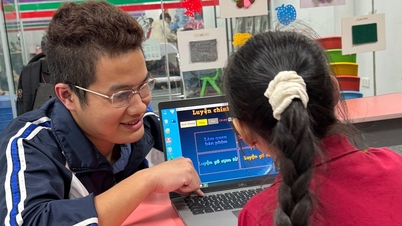


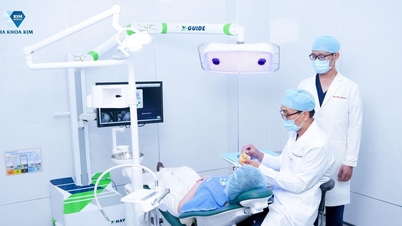
![[Photo] Parade to celebrate the 50th anniversary of Laos' National Day](/_next/image?url=https%3A%2F%2Fvphoto.vietnam.vn%2Fthumb%2F1200x675%2Fvietnam%2Fresource%2FIMAGE%2F2025%2F12%2F02%2F1764691918289_ndo_br_0-jpg.webp&w=3840&q=75)
















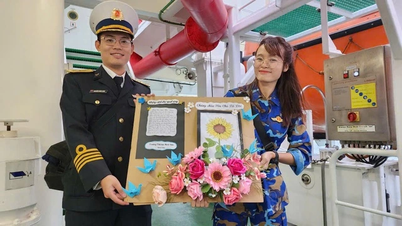

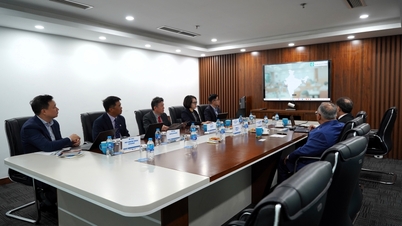
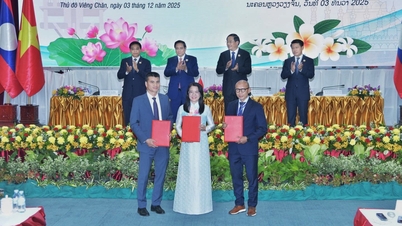



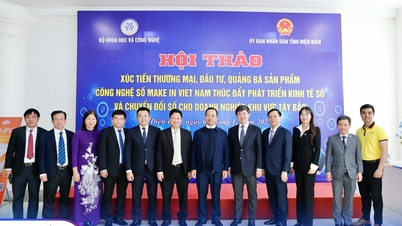









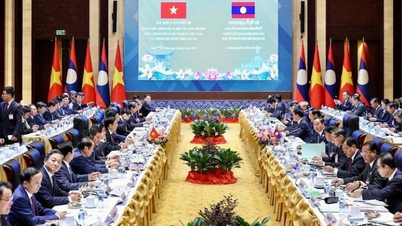




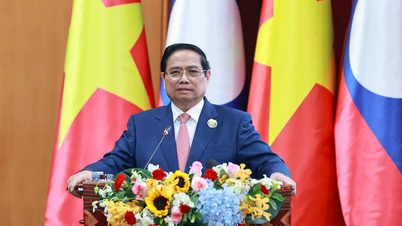








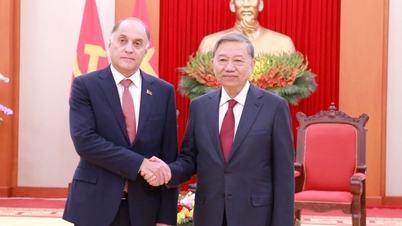
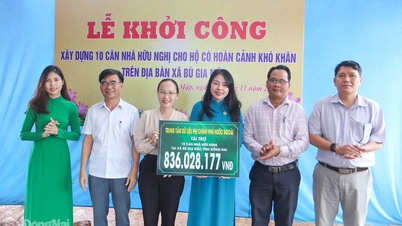




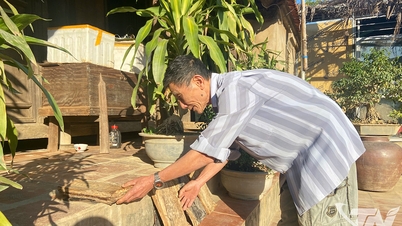

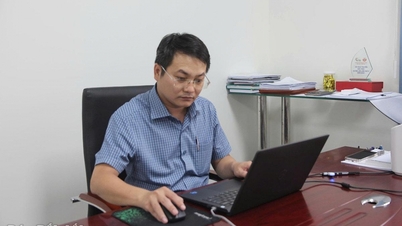
















Comment (0)